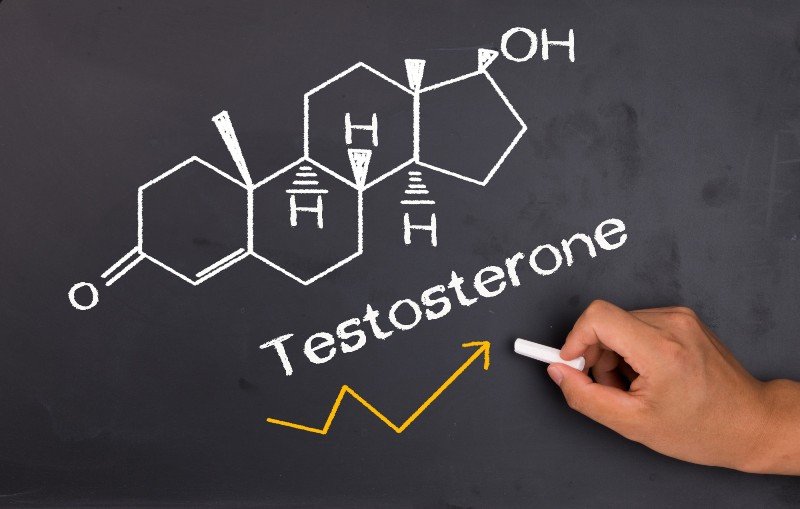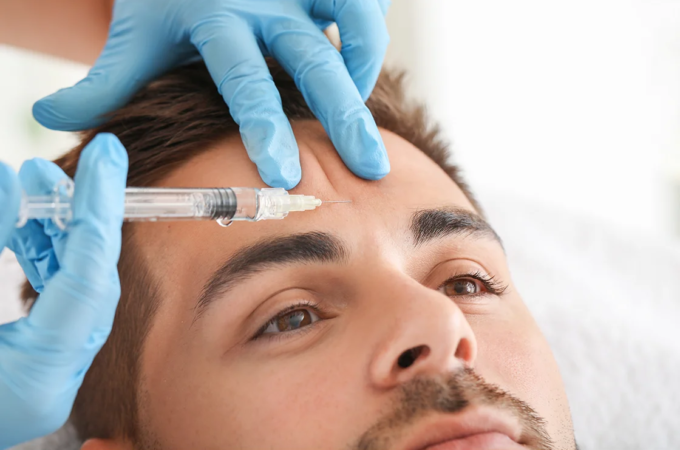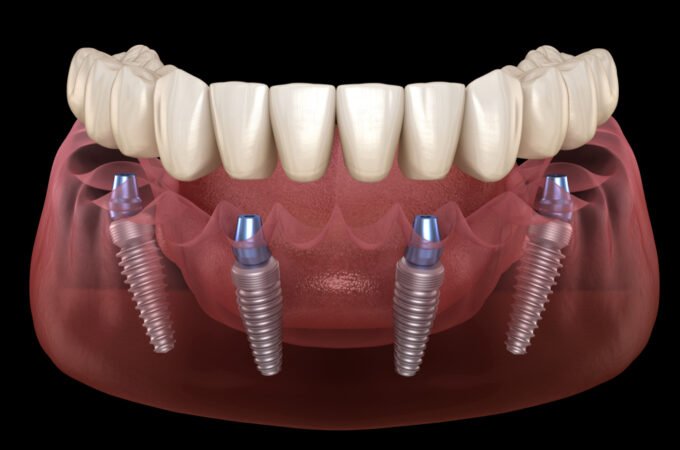
Menopause for Men A Guide to Better Understanding Andropause and Andropause Treatments
It has become apparent that women aren’t the only ones that go through bodily changes due to hormones and getting older. People in the medical field are beginning to notice that men are experiencing symptoms that are similar to when a woman goes through menopause.
Below, you’re going to find all of the information you need when it comes to male “menopause.” Some things are essential to know and understand when it comes to defining this new medical term for men.
Here is your in-depth guide into all of the information you need when it comes to understanding andropause, its effects, and how andropause treatments can be given and improved.
Male Menopause: What Is It?

The medical term for male “menopause” is androgen decline, otherwise known as a decline in testosterone. This tends to occur as men get older and is completely normal, it also tends to occur in males that suffer from diabetes and other conditions.
Some men document that the symptoms they feel in addition to the decline in testosterone are fatigue, feeling weak, sexual issues, and depression. Menopause in women is when the production of hormones within the body completely ceases.
Whereas in males, the decline in testosterone happens slowly over time. Each symptom can have a host of changes that accompany them:
- Sexual function can mean a reduction in the desire to engage in sexual activity, erectile dysfunction, and a reduction in the ability to have erections at any time. The low levels of testosterone can also affect a man’s fertility and reduce the size of the testes
- Low testosterone levels may also interrupt the persons sleeping habits. It may cause frequent night waking, insomnia, and increased fatigue
- Men will begin to notice changes in their physical appearance. Things such as increased body fat, tender chest area, reduce muscle mass, and more
- Low levels also affect the emotions of the male. They may become increasingly sad and have feelings of depression
At times some of these symptoms may be caused by other health conditions, including chronic alcoholism, medications with unknown side effects, or thyroid problems. This is why your doctor will conduct further diagnostic testing to rule out other possible health issues.
How Is It Diagnosed?
There are ways to diagnose when a man is suffering from andropause. The doctor will conduct the flowing to make the proper diagnosis:
- Conduct a physical exam
- Document any symptoms the patient may be having
- Order diagnostic tests to rule out other health conditions
- Take blood samples
- Measure testosterone levels within the body
Your Doctor’s Visit
When you visit your doctor to talk about your low levels, it is vital that you are honest with them so that they can identify what you’re experiencing. Being honest with them ensures that they get you the proper medication to help treat your symptoms.
Honesty is required because symptoms vary based on the person, while your symptoms may be similar to others; you may also have various symptoms that differ from other people’s symptoms.
During your visit, if your doctors suspect that your testosterone levels are low, they may recommend that you begin changing your lifestyle habits. At times simple lifestyle changes may be what it takes to improve a person’s health.
Leading a healthy lifestyle includes making dietary habits as well as habits in your daily activity. Your doctor may also recommend that you seek therapy if your feeling depressed, sad, and overwhelmed.
It is essential that once diagnosed with andropause that you increase your knowledge and awareness on the topic, if you want that information, you can learn more here.
Andropause Treatments
At times doctors may suggest that a patient undergo testosterone replacement therapy. Studies have shown that some men have reported increased energy levels, improved mood, and increased sex drive after undergoing therapy.
There are testosterone supplements that one might consider when it comes to treatment. Once you’ve begun talking with your doctor about treatments, they may have a specific one in mind for you to try out.
Supplement Forms
- Gels can come in clear packets. This type of therapy allows the gel to be absorbed directly into the skin and should be applied once per day
- Skin patches are to be worn on the arm or another part of the upper body. Again, like the gel, it is to be applied once per day
- Injections or implants are injected straight into the muscles and soft tissues. This is a slower method and will take longer for it to be absorbed into the bloodstream
- Mouth patches are sticks that adhere themselves to the upper part of the gums. The patch will release testosterone regularly and should be applied twice per day unlike other forms of testosterone supplements
Testosterone Therapy Benefits

There are more benefits to testosterone therapy than merely increasing the testosterone in the body. Many men will note that therapy improves their sex drive and also helps them achieve better quality erections.
Testosterone therapy is also crucial when it comes to improving bone density, muscle mass, and insulin sensitivity, which is crucial for men suffering from diabetes. The treatment also helps to balance and improve their moods.
If testosterone replacement therapy isn’t an option, your doctor may discuss making other changes in your lifestyle that are beneficial. These changes may include:
- Changes in your diet
- Increasing the amount of daily physical exercise
- Prescribing medications such as antidepressants
- Seeking mental health counseling
The Wrap-Up
All of the information that was just provided may be difficult to digest. However, you must identify your symptoms and begin discussing them with your doctor. Once your doctor can find the cause of your symptoms, you can then start discussing andropause treatments.
A decline in testosterone is age-related in most cases and happens slowly, but can be treated in several ways. If you’d like more information regarding health topics, including more on this topic, visit more of our blog right now.




